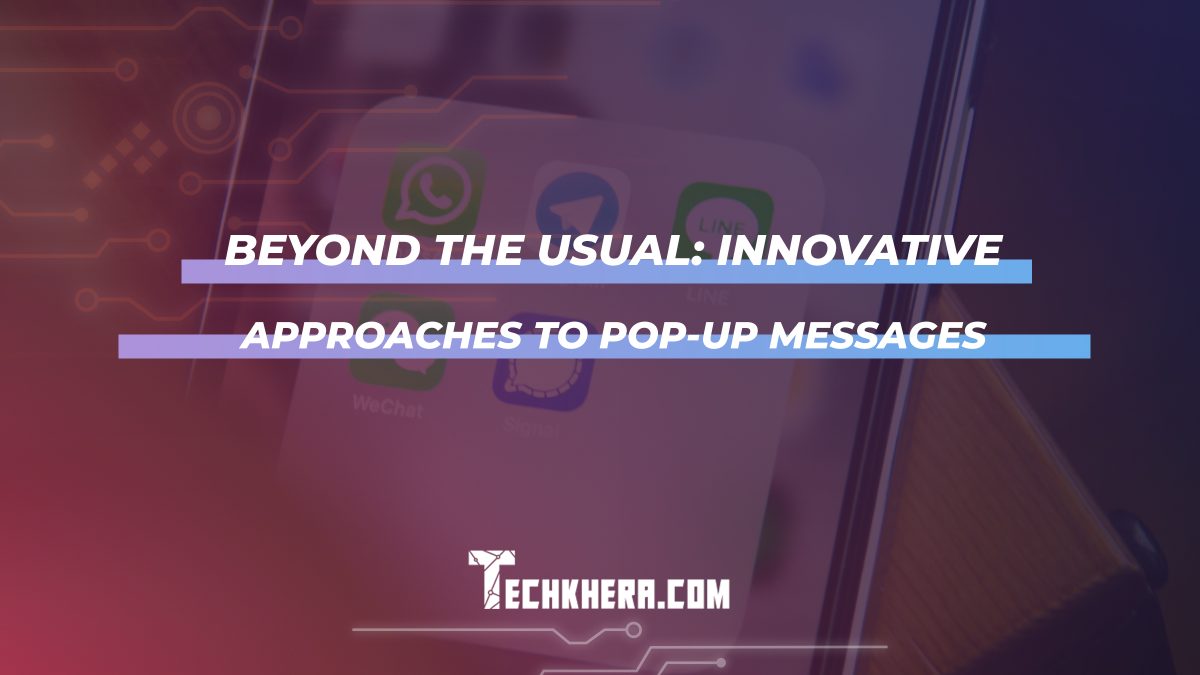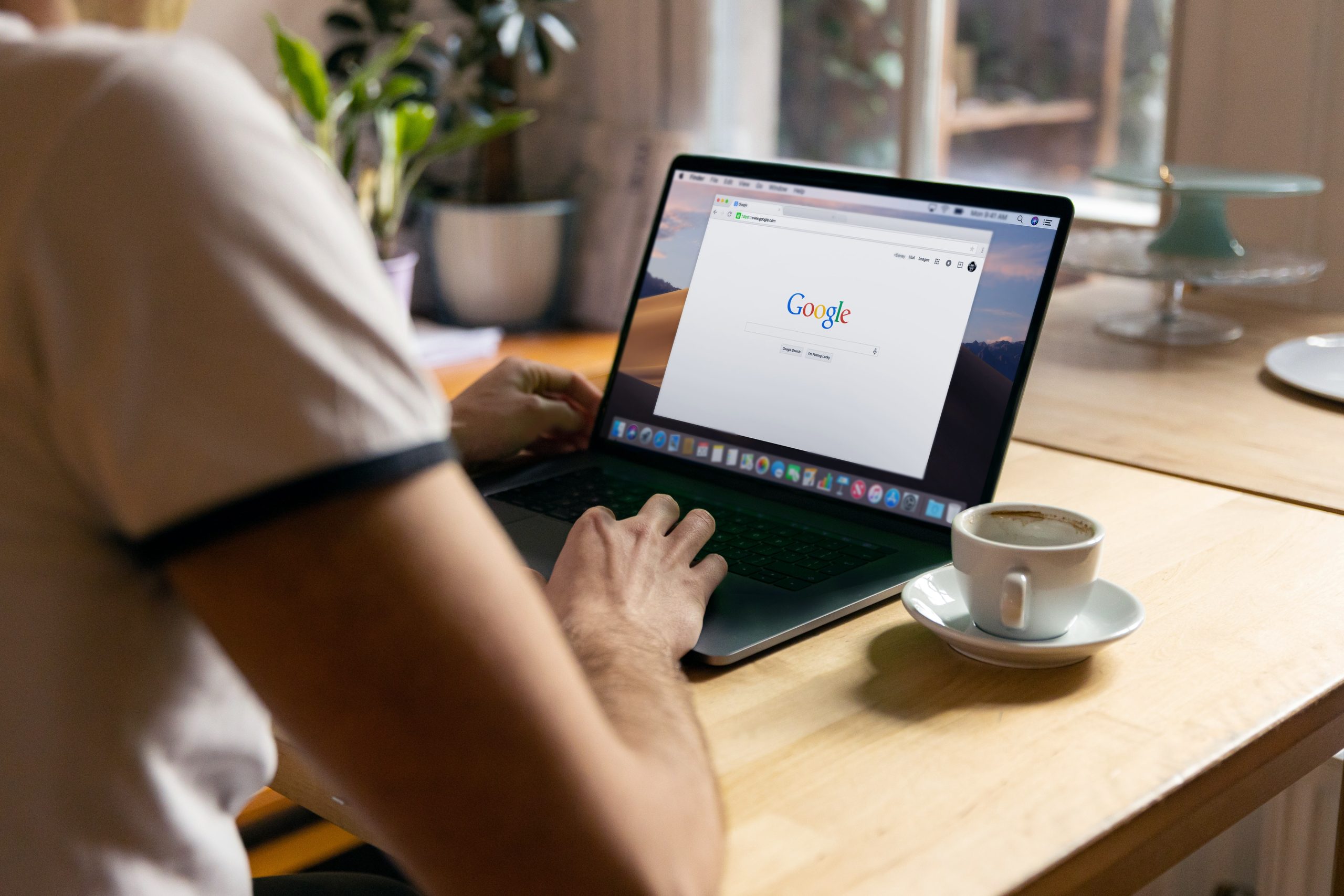
Beyond the Usual: Innovative Approaches to Pop-Up Messages
In the fast-evolving digital landscape, where user engagement is the name of the game, the role of pop-up messages has become increasingly pivotal. These unobtrusive yet attention-grabbing elements can significantly impact user experience and conversion rates. Let’s look at the way you can create a pop up message in a more innovative way and how to revolutionize your website’s interaction with visitors.
Contents
Exploring the Definition and Role of Pop-up Messages in Web Interaction

Pop-up messages, commonly known as pop-ups, have become integral components of web interaction. These dynamic notifications, which appear as overlays on a website’s main content, serve various essential functions. From conveying crucial information to prompt user actions and capturing potential leads, pop-ups play a multifaceted role in enhancing the user experience and achieving various website goals. In this exploration, we’ll delve deeper into the definition and significance of pop-up messages in web interaction.
The Diverse Functions of Pop-up Messages
1. Engaging users
- Direct engagement. Pop-up messages offer a straightforward and engaging way to interact with your audience.
- Behavior-based customization. Tailor pop-ups to specific user behaviors, such as exit-intent pop-ups for those about to leave your site.
2. Promoting offers
- Time-sensitive promotion. Pop-ups excel at promoting time-sensitive offers, discounts, or special promotions.
- Attention-grabbing. Pop-ups effectively grab users’ attention and encourage them to explore your products or services.
3. Collecting data
- Data collection hub. Pop-ups serve as valuable tools for collecting essential data, such as email addresses for newsletters or customer feedback.
- Database building. Utilize collected data to build a database for future interactions and insights.
4. Highlighting content
- Critical content delivery. Pop-ups ensure that important content or announcements reach users, making them ideal for conveying crucial messages.
Innovative approaches to pop-up messages
Personalization
- Tailored content. Personalization goes beyond using the visitor’s name. It involves customizing the entire pop-up message based on the user’s behavior and preferences. For example, a personalized pop-up can offer relevant product recommendations or exclusive discounts if a user has shown interest in a specific product category.
- Behavioral triggers. Implement behavioral triggers to display pop-ups at specific moments. For instance, if a user has added items to their cart but hasn’t checked out, a pop-up can offer a discount to incentivize the purchase.
Exit-intent pop-ups
- Retaining user interest. Exit-intent pop-ups are designed to appear just as a user is about to leave your website, often indicated by the cursor moving toward the browser’s exit button. These pop-ups can offer various incentives, such as discounts, free resources, or access to exclusive content, to encourage users to reconsider their decision to leave.
- Lead capture. Exit-intent pop-ups can also focus on lead capture, requesting an email address to stay updated with future offers or content.
Interactive gamification
- Gamified engagement. Gamification elements can transform pop-up messages into interactive experiences. For example, a spin-to-win wheel can allow users to win prizes or discounts. Quizzes within pop-ups can engage users and offer rewards based on their answers.
- User involvement. Gamified pop-ups create a sense of fun and involvement, increasing users’ time interacting with your site.
Embedded videos
- Dynamic information delivery. Pop-up videos are a powerful tool for delivering dynamic and engaging content. They can be used to showcase product demonstrations, explain complex concepts, or share customer testimonials.
- Visual appeal. Videos are visually appealing and convey information more effectively than text or static images. They can also help build trust by visually demonstrating your products or services.

Inspiring examples of effective pop-up messages
- Cart abandonment reminder. These pop-ups serve as friendly reminders to users who have items in their online shopping carts but haven’t completed the purchase. Often, they include incentives like discounts or free shipping to encourage users to finalize their orders. This approach can help recover potentially lost sales and improve conversion rates.
- Limited-time offers. These pop-ups leverage the psychology of urgency and scarcity to capture users’ attention. They encourage immediate action by announcing limited-time promotions, flash sales, or exclusive deals. Users are more likely to make a purchase when they fear missing out on a time-limited opportunity.
- Content gateways. Content gateways are designed to exchange valuable content or resources for user information, typically their email addresses. Users are enticed to provide their details to access premium content, such as e-books, white papers, or webinars. This approach can help grow your email list and nurture leads with relevant content.
- Feedback surveys. These pop-ups invite users to share their opinions and feedback about their website experience or products. By actively seeking user input, you gain valuable insights into customer preferences, pain points, and areas for improvement. Feedback surveys can aid in refining your offerings and enhancing user satisfaction.
Creating effective pop-up messages
To craft compelling pop-up messages, follow these guidelines:
- Defining goals. Clearly define the purpose of the pop-up message and what action you want users to take.
- Audience segmentation. Segment your audience to deliver relevant messages to different user groups.
- Testing and optimization. Continuously use A/B tests with different message variations to determine what resonates most with your audience.
- Mobile responsiveness. Ensure that your pop-ups are mobile-friendly, as a significant portion of users access websites on mobile devices.
Conclusion
When used strategically and innovatively, pop-up messages can enhance user engagement and conversions. By considering your audience’s needs, personalizing messages, and delivering valuable content, you can create pop-up experiences that are user-friendly and effective. Keep experimenting, testing, and optimizing to make the most of this versatile tool in your digital toolbox.
